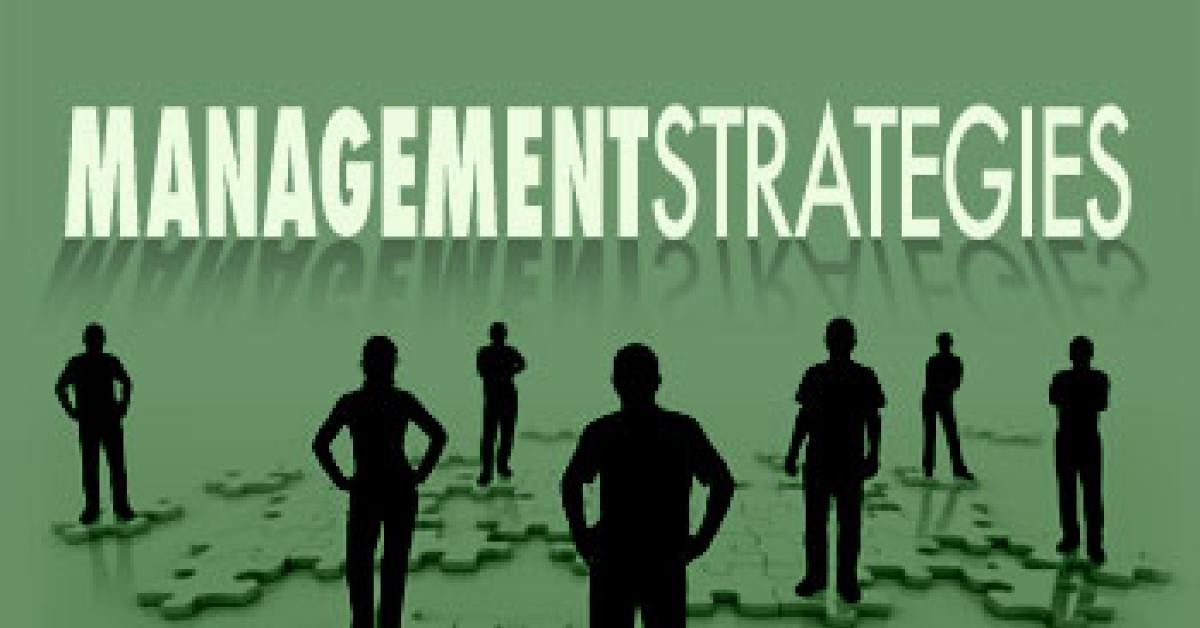SAN FRANCISCO — Do you have the most drycleaning stores in town? Are they all profitable? Is your staffing expense high because the store(s) sales are too low to support even minimum coverage for all the hours the store is open?
Did a store used to be great, but the sales have slacked off? Do you believe that a location should be doing much more than it actually is?
These are some of the challenges of running stores. The fabricare business is complicated with all of the issues a business can address:
Manufacturing without the luxury of consistent raw materials but rather a different product with each order that must be made to look like new
Logistics of getting everything through the system and back to where it needs to be when it was promised
Financial issues of every kind
Personnel management
Site selection
Fleet management
Sales and marketing … and it goes on and on.
All of these contribute to the challenge of improving store profitability, but let’s concentrate on the most direct impact items. For the purposes of this discussion, we will assume that the following basics are in place: 1) on-time delivery, and 2) consistent appropriate quality for the pricing structure.
From there, you can create a “Store Profitability Impact Checklist” that includes the following:
SITE SELECTION
This is absolutely critical to the success of a store. Not only does the location need to be “good,” it needs much more:
High traffic counts of potential drycleaning customers. Research the demographics and psychographics of the people who drive by. High traffic on the way to the financial and retail district is much more important than extremely high traffic on the way to a manufacturing plant.
Easy access from the street is also critical. Are there enough convenient curb cuts into your parking lot? Are they easy to see?
High visibility, both up close and from a distance, and both from a vehicle and on foot.
ATTENTION-GRABBING SIGNAGE
It should immediately grab one’s attention and convey a clear message, i.e. your name/logo and “Fine Cleaners” or “Cleaners”; “Drive-Thru”; “24/7 Drop-Off”; or “24/7 Service.”
STAFF THAT IS FRIENDLY, HELPFUL, KNOWLEDGEABLE AND SALES-ORIENTED
Hire for friendliness, sales inclination and service attitude, as all are essential to the success of a store. Also, train for subtle selling technique and for fabricare and process knowledge.
SCHEDULING OF STAFF AT APPROPRIATE TIMES
Schedule staff and open hours appropriately in concert with customer demand and need for interaction—when and where the customers want to do their cleaning errands.
Track and review your “feet on the floor” customer counts by day and by hour. (Note: this is different than your mark-in timing and is a good reason to provide quick receipts to customers.) Combining the quick receipts and the pick-ups will give you a fairly clear customer count with the exception of the 24/7 drop-off customers who are already happy to drop off when the store is unattended.
Study these traffic counts to get clear direction for staffing. If your stores are typical, you will see the lowest customer traffic when your most experienced (and most highly paid) staff is scheduled, and highest per-hour customer counts are when the least experienced (and least supervised) people are scheduled.
Look closely at the last hour of the day. There is a good reason that the question asked most frequently by phone-in customers is “When do you close?” The predominance of this question indicates that hours are not convenient to customers and that they don’t think they can get there in time without an extraordinary effort.
Look closely at the weekend hours. Despite the controversy of Sunday hours, for the cleaners that are open, Sunday is often the highest volume per hour of the week, especially at “going to” and leaving church times. When deciding your Saturday hours, consider what other errands cannot be done after your closing hours on Saturday. Should you be the only inconvenient service in your town?
Look closely at morning opening hours. Ask yourself why you open at that time. How many customers are actually coming into the store to interact with staff in the first hour or two? Can your early customers be served with a drop box? Is your store the only one open in your center at 7 a.m.? How many cars are in the center parking lot?
Revise the staffing schedule to provide knowledgeable employees when the customers have time to discuss their issues, which is usually not when they are rushing to work in the morning. Some cleaners have been successful meeting this matching challenge through flex staffing wherein the most experienced people work a variation of four 10-hour days or three 12-hour days per week. Having a three- or four-day “vacation” every week is appealing to them and rejuvenates them for the workdays. It also allows your store to have expertise and supervision (if more than one person is scheduled during high-traffic times) every hour it is open.
Review the “lunch” coverage. If two people are being scheduled so one can take lunch during a high-traffic time, shift the lunch schedule. It is easily possible to schedule so meals are taken before or after the shift. Remember, it is the customer’s convenience you are providing, not the staff’s.
Check back Thursday for the conclusion!
Have a question or comment? E-mail our editor Dave Davis at [email protected].

